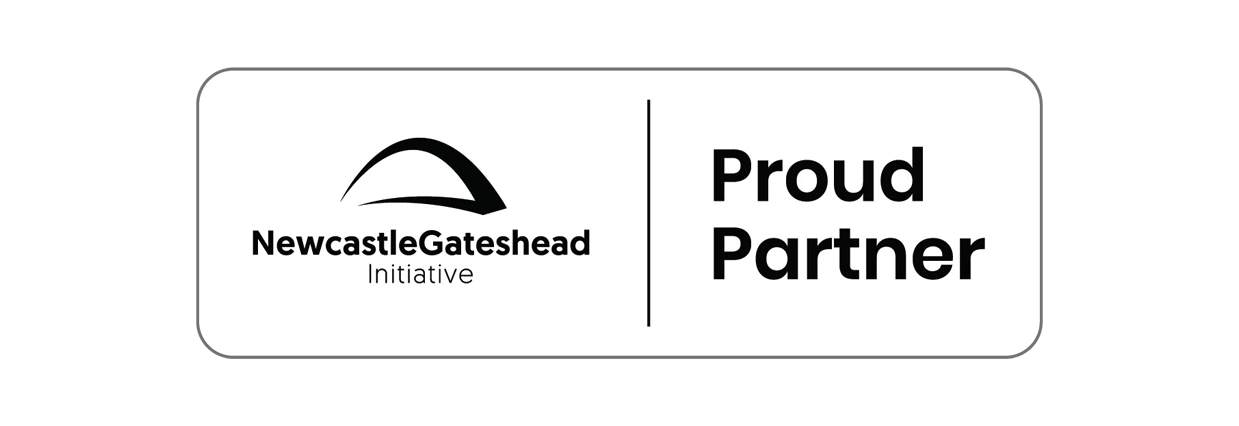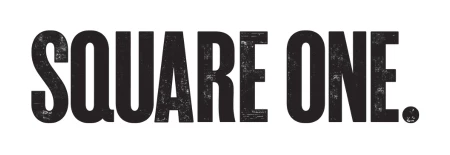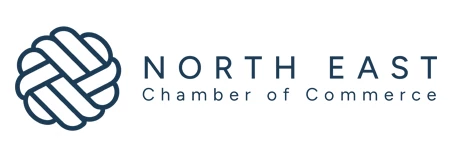
Partner Article
Five Generations, One Team: A Winning Formula for Business - Sarah Richardson
For the first time, five distinct generations, from the Silent Generation to Gen Z, are working alongside each other. This unprecedented convergence isn’t a challenge to be fixed; it’s a strategic advantage waiting to be unlocked, as Sarah Richardson, Head of Marketing explains.
Picture this: a team meeting where someone’s jotting notes with a fountain pen, another is typing at lightning speed on a laptop covered in stickers, and someone else is wondering why there isn’t a Slack channel for lunch memes. It’s not chaos, it’s the beautiful, slightly quirky reality of having five generations working side by side.
For the first time in history, five distinct generations are working side by side in the same workplace. From the Silent Generation to Gen Z, this unprecedented blend of experiences, expectations, and communication styles is reshaping the modern business landscape.
While the idea of such diversity might sound like a challenge, it can also provide a powerful opportunity. Organisations that embrace multigenerational collaboration can unlock innovation, deepen institutional knowledge, and create more inclusive cultures. First, let's look at the generations.
The Five Generations at a Glance
- Silent Generation (born before 1946) – Often retired but still active in consultancy or board roles, they bring a wealth of historical perspective, resilience, and long-term thinking.
- Baby Boomers (1946–1964) – Known for loyalty, work ethic, and relationship-building, they often serve as anchors for organisational culture.
- Generation X (1965–1980) – Independent, adaptable, and pragmatic problem-solvers, they bridge the gap between traditional and digital mindsets.
- Millennials (1981–1996) – Tech-savvy, purpose-driven, and collaborative, they champion flexibility and continuous learning.
- Generation Z (1997–2012) – Digital natives with a global perspective, they bring fresh creativity, social consciousness, and new approaches to work-life integration.
Challenges of a Five-Generation Workforce
- Communication Styles: From formal memos to emojis, preferred communication methods vary greatly.
- Technology Adoption: Comfort levels with digital tools can differ, requiring ongoing training and patience.
- Workplace Expectations: Flexible hours and remote work appeal to some, while others prefer in-person, structured environments.
- Feedback Preferences: Gen Z may want instant feedback, while Boomers may expect scheduled reviews.
Opportunities for Businesses
- Cross-Generational Mentoring – Pairing experienced professionals with younger employees fosters mutual learning.
- Flexible Work Models – Offering a mix of remote, hybrid, and on-site options accommodates diverse preferences.
- Tailored Professional Development – Training programmes that meet people where they are, from tech upskilling to leadership pathways.
- Inclusive Decision-Making – Ensuring all voices are heard leads to more balanced strategies and creative solutions.
Tips for Leaders
- Avoid Stereotyping: While generational traits can be useful, it is essential to remember that every employee is unique.
- Encourage Knowledge Exchange: Create spaces (virtual or physical) for informal collaboration.
- Leverage Strengths: Assign roles and projects that align with individual strengths, not just based on age.
- Invest in Communication Training: Teach active listening, adaptability, and cross-generational empathy.
A workplace spanning five generations is not a problem to solve, but an asset to cultivate. By valuing each generation’s strengths and finding common ground, businesses can create dynamic, future-ready teams that combine the wisdom of the past with the innovation of the future.
By linking business growth with educational outreach, RTC North is actively bridging generational gaps, empowering experienced professionals and future talent alike to thrive together.
This was posted in Bdaily's Members' News section by RTC North .








 The value of nurturing homegrown innovation
The value of nurturing homegrown innovation
 A dynamic, fair and innovative economy
A dynamic, fair and innovative economy
 Navigating the property investment market
Navigating the property investment market
 Have stock markets peaked? Tune out the noise
Have stock markets peaked? Tune out the noise
 Will the Employment Rights Bill cost too much?
Will the Employment Rights Bill cost too much?
 A game-changing move for digital-first innovators
A game-changing move for digital-first innovators
 Confidence the missing ingredient for growth
Confidence the missing ingredient for growth
 Global event supercharges North East screen sector
Global event supercharges North East screen sector
 Is construction critical to Government growth plan?
Is construction critical to Government growth plan?
 Manufacturing needs context, not more software
Manufacturing needs context, not more software
 Harnessing AI and delivering social value
Harnessing AI and delivering social value
 Unlocking the North East’s collective potential
Unlocking the North East’s collective potential